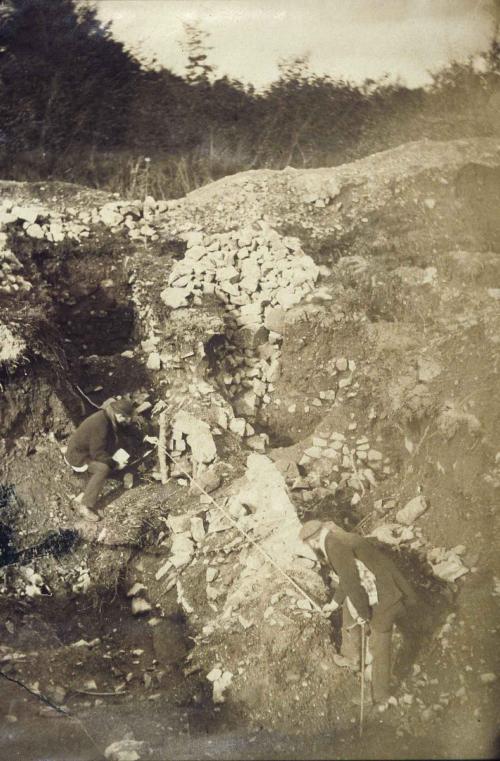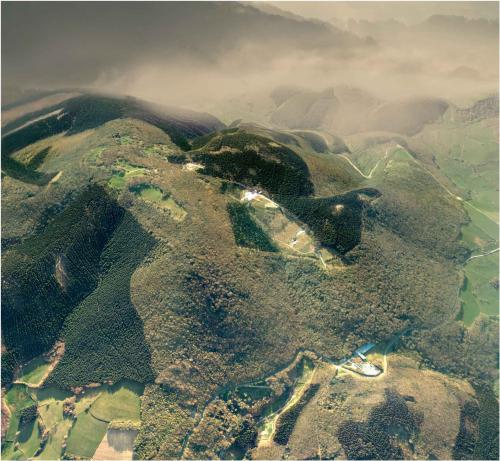Since the 19th century, scholars and archaeologists have been investigating the history of the Aeduan city, its organisation and architecture. Revealed by Jacques-Gabriel Bulliot in 1864, the oppidum is still the subject of a major research programme today.
1864 - 1914: The discovery of Bibracte

Since 1984, an international excavation site
In 1984, a vast research programme, conceived in collaboration with researchers from all over Europe, was relaunched on the initiative of archaeologists from the CNRS, following a request from the President of the Republic François Mitterrand. This programme was accompanied by the acquisition by the State of the slopes of Mount Beuvray, the summit having been the property of the Morvan Regional Nature Park since the late 1970s. The construction of a research centre and a museum followed, as part of the State's major works; the two buildings, designed by the same architect, Pierre-Louis Faloci, were inaugurated on 4 April 1995 by François Mitterrand.
Since 1984, some forty sectors of Mount Beuvray have been explored in the course of more than 300 excavations carried out during the summer by teams of researchers and students from European universities. This is a lot, and yet it represents only 3 hectares, i.e. barely 5% of the total surface area of the oppidum. The bulk of Bibracte therefore still lies under the forest.
What about tomorrow?












